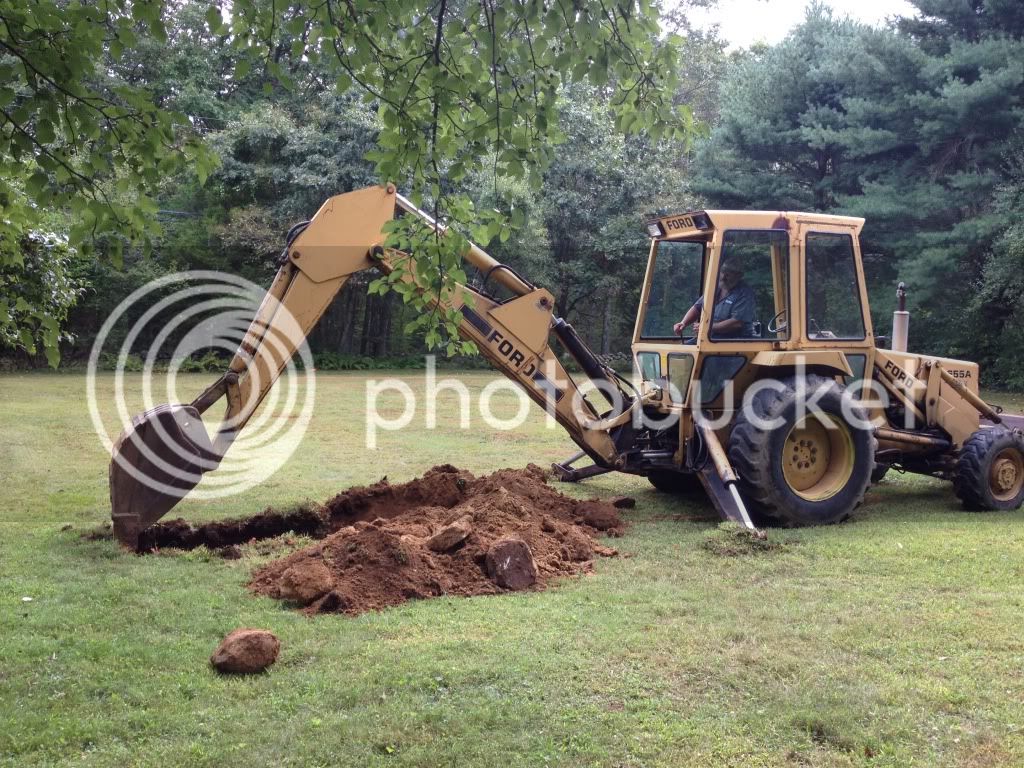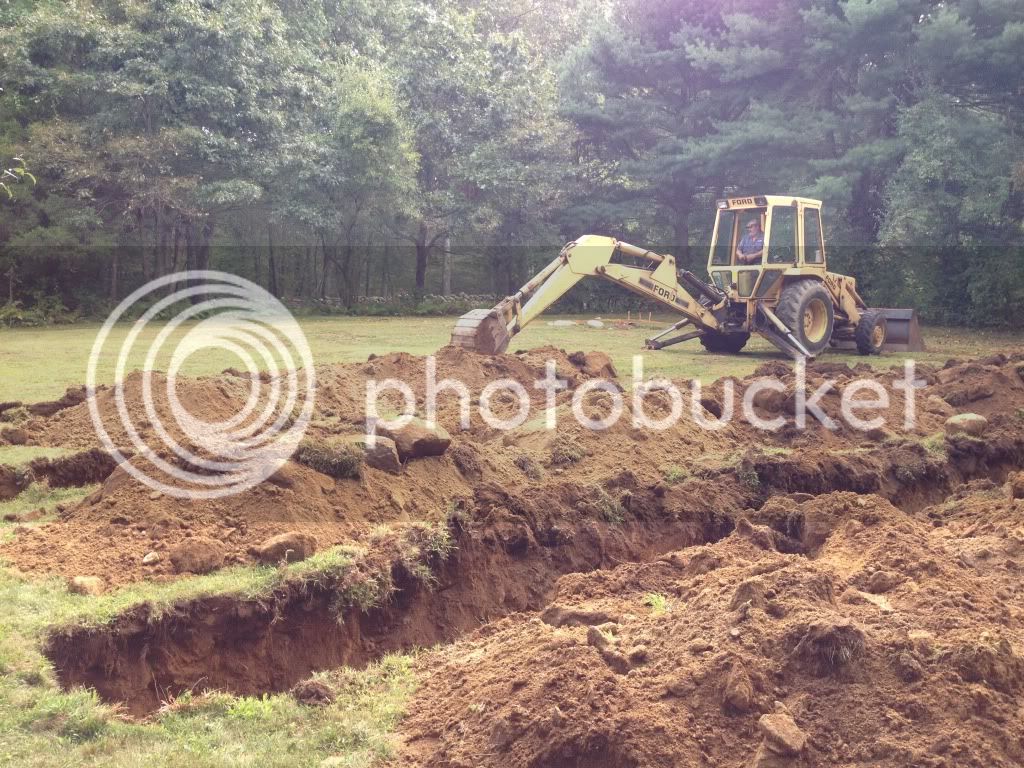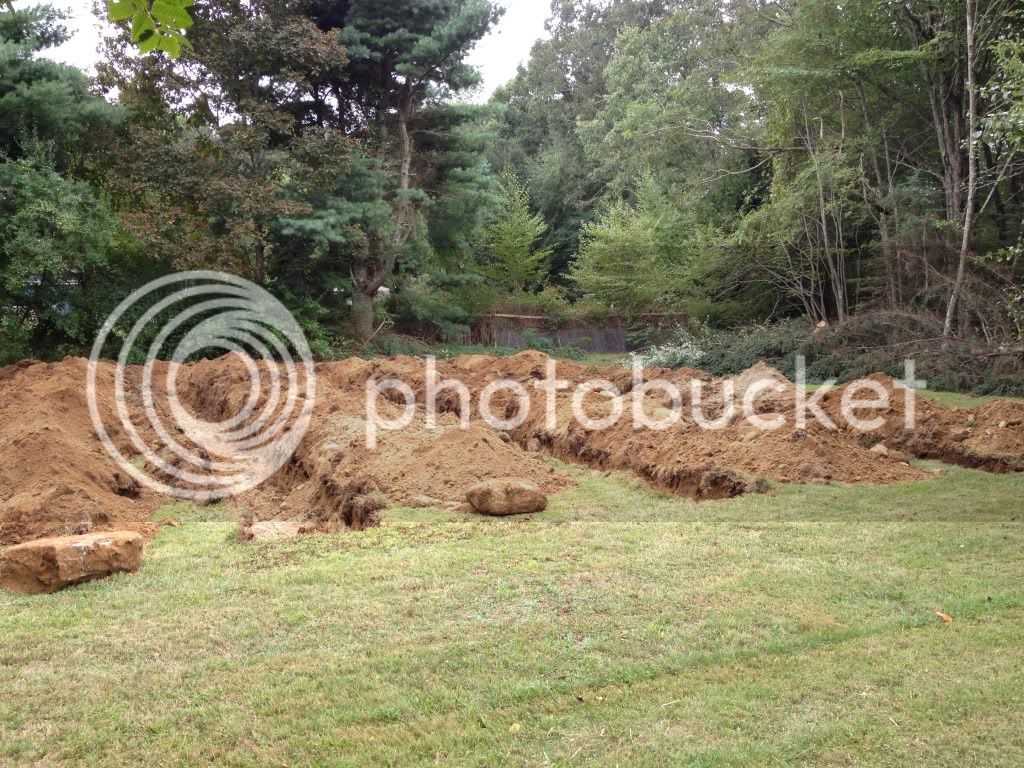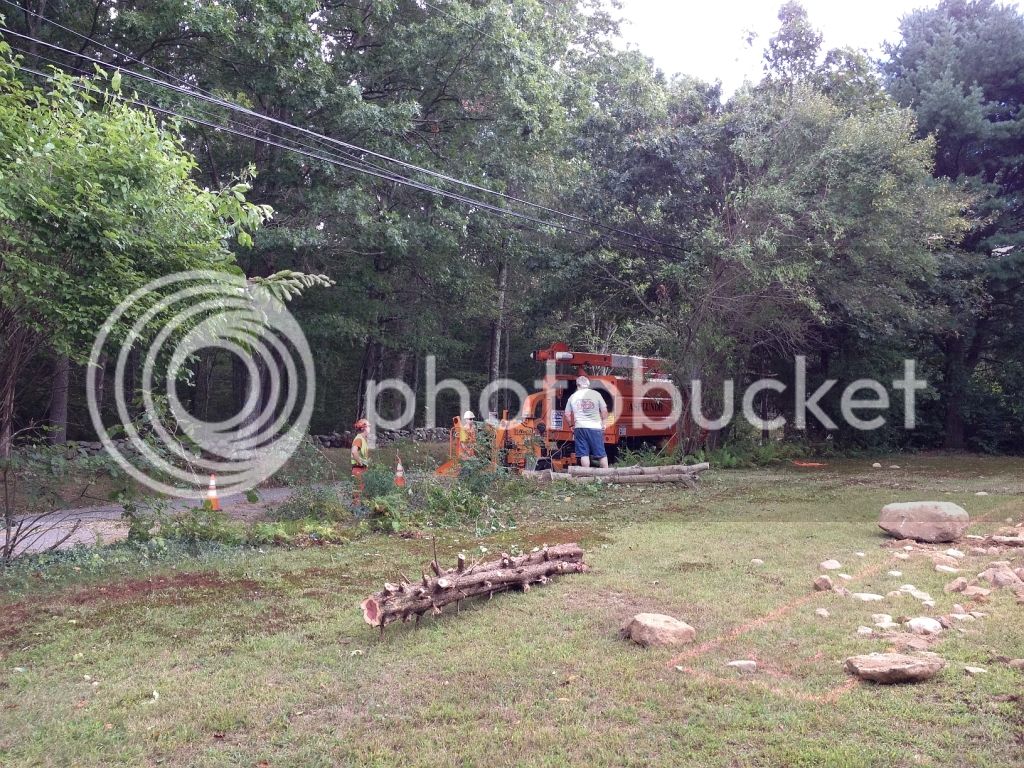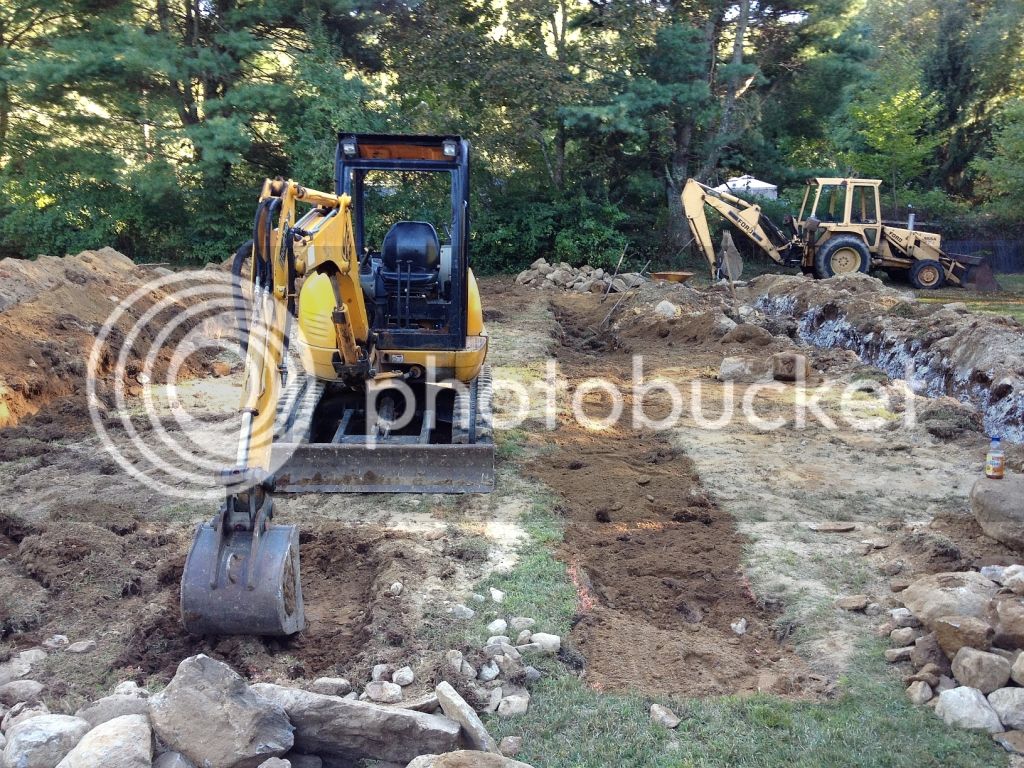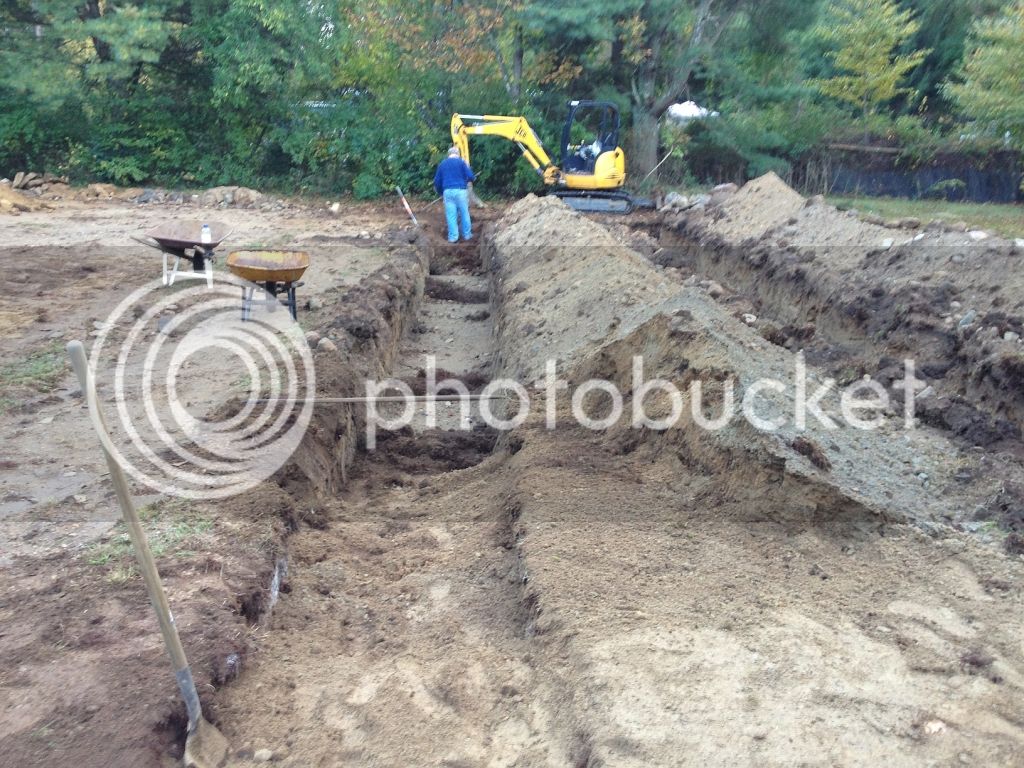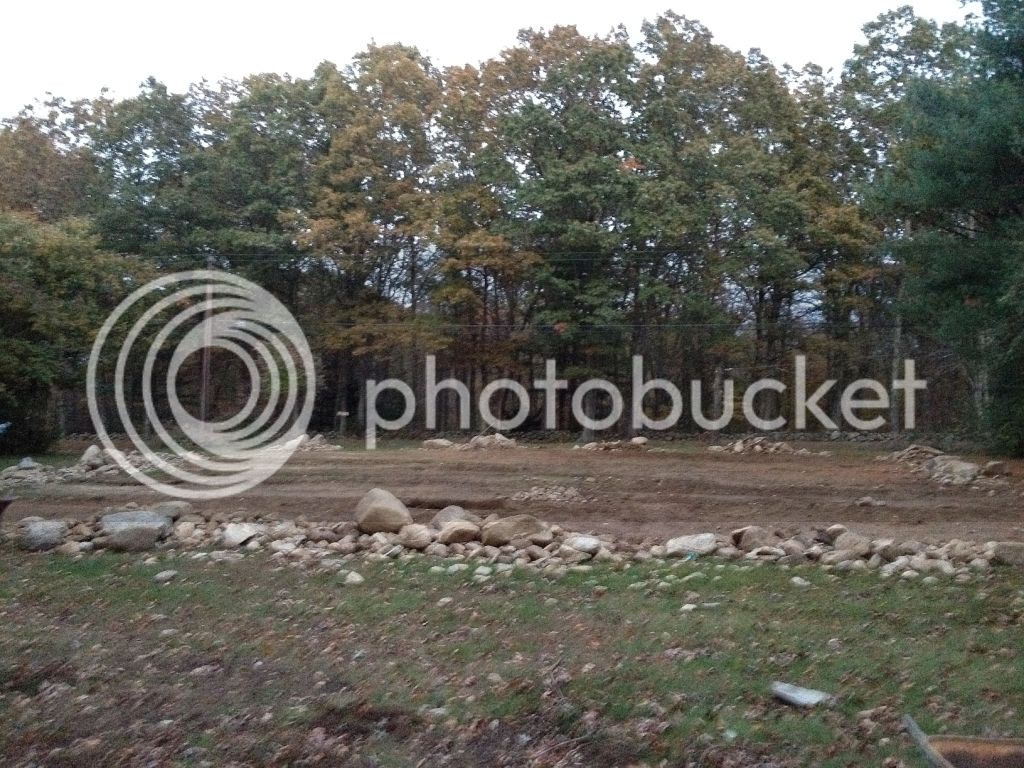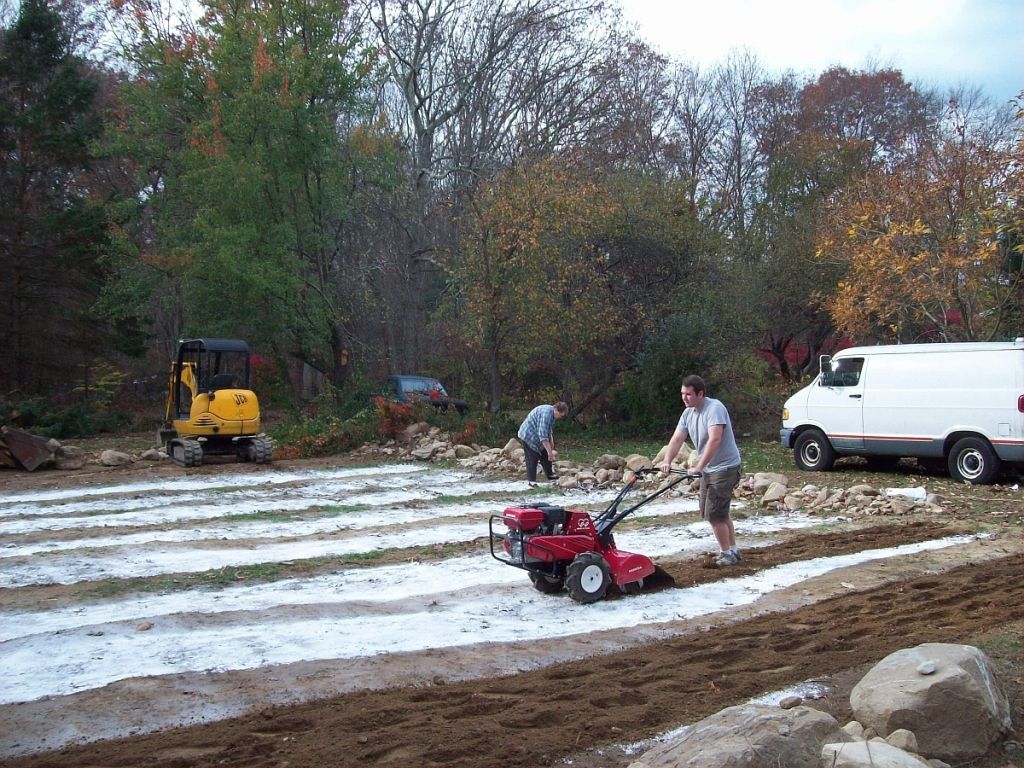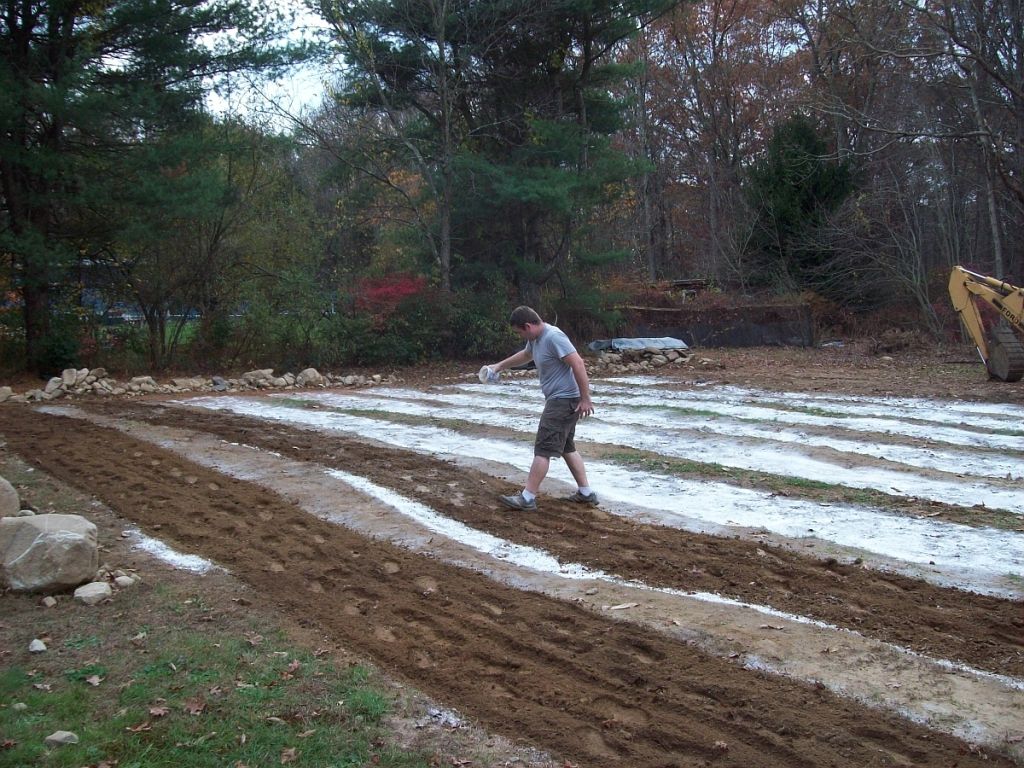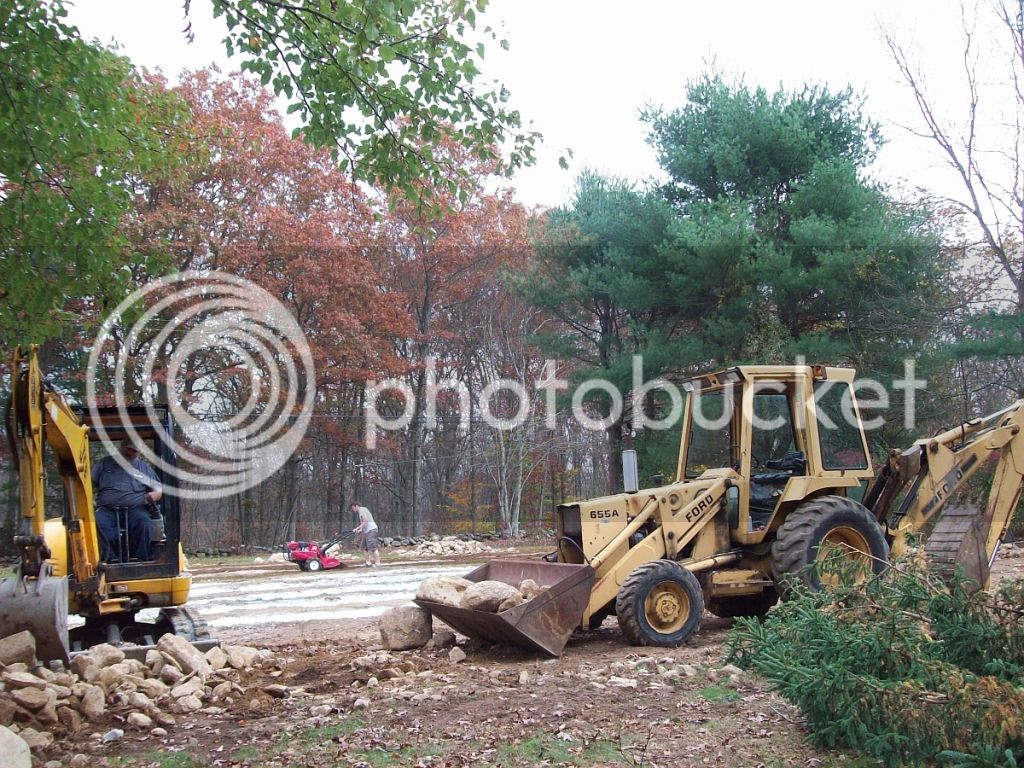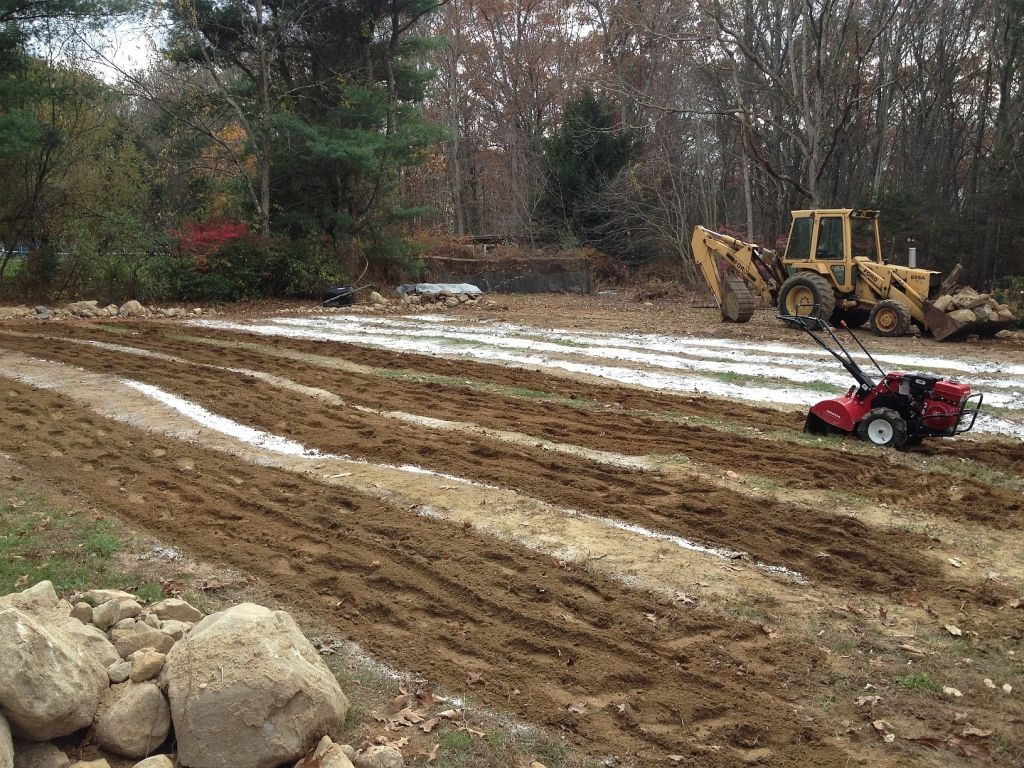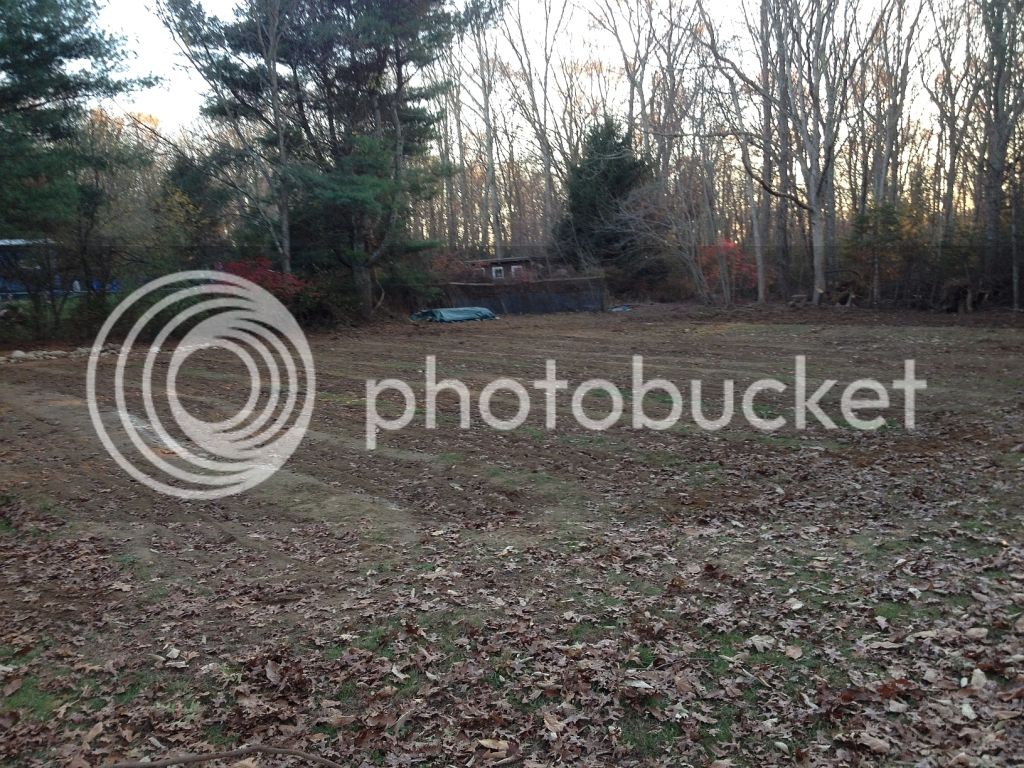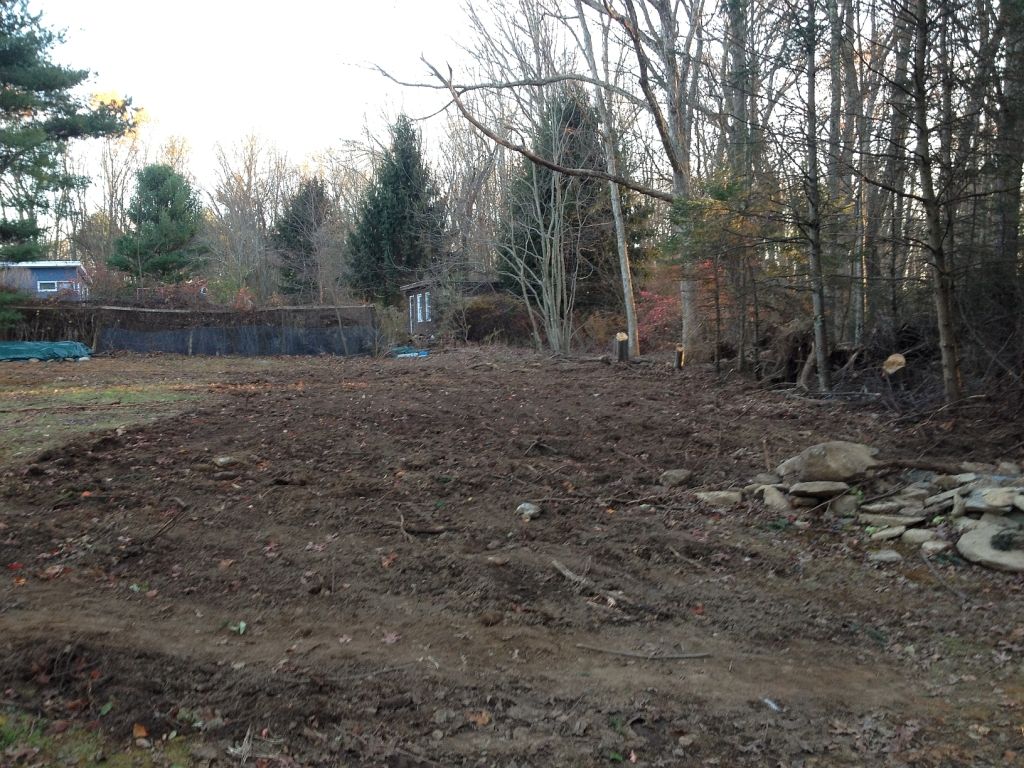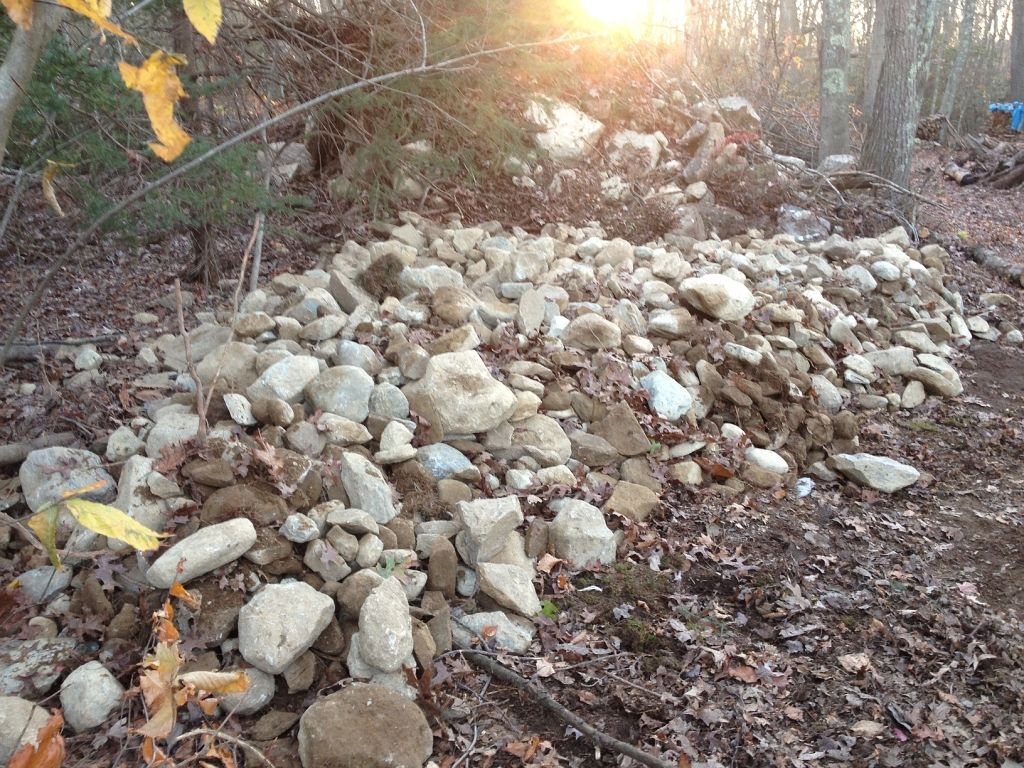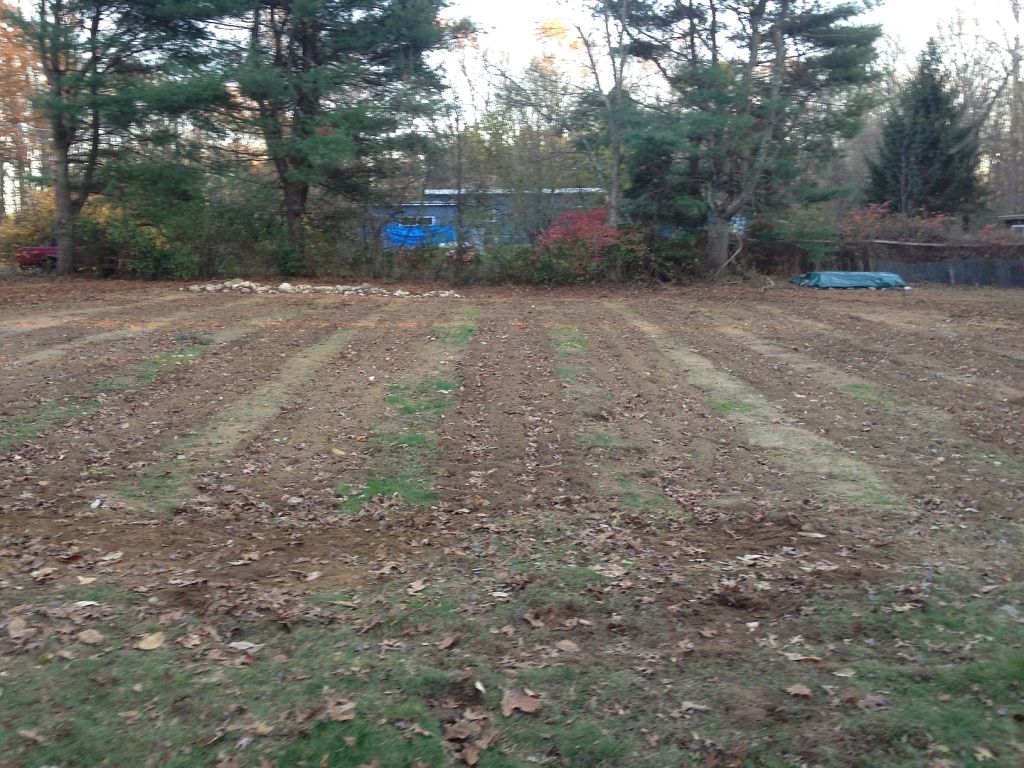Well I was super busy the last 3 months and never took the time to update this thread. I was spending 3-6 hours a day with my dad prepping the site, soil, and removing trees all of September and October, until the weather turned early November. Unfortunately I did not have a chance to plant a cover crop, but I am not overly worried about it. All rocks have been removed to a depth of 2 feet (although small stones were kept to aid in soil drainage). Limestone, bonemeal, and potash have been added accordingly to aid in soil conditions. I did pick up 48 cedar posts, but did not have time to get them in the ground before the freeze set in. Therefore, I will have to get in high gear to try and get this done before the vines arrive mid-April. Here are some pics of the last couple months progress with a couple video clips as well. Enjoy!
09/15/2012
Dad backfilling a row
Electric company removing trees that were entangled in power lines (should give an extra 20-30 min of morning sun)
This mini excavator was great for the job, while the big backhoe worked on tree removing and moving heavy boulders
10/01/2012
Dad back-filling row number 8
10/13/2012
48 Cedar posts for trellis
10/17/2012
All 10 rows back filled (soil minus rocks)
10/27/2012
Lime in place and tilling it in, grandma helping out too
Me spreading bonemeal and potash on top after tilling in the lime
Everybody hard at work the last few days, large equipment hauling away rocks, myself tilling, my dogs removing more trees, and grandma moving smaller rocks and debris
Halfway done
11/04/2012
Winter in the air, a cold crisp day. All is DONE (for now)
Thanks to my dad's hard work, we have eliminated over 10 trees and over 20 feet to the field which should remove afternoon shade and add at least an hour of afternoon sunlight
Our final pile of rocks removes, may not look like much but equates to about a tri-axle load. Over 70 wheelbarrow loads (FULL) plus 7+ backhoe dumps (large bucket).
Sideview of the completed site. Now for trellising and planting in the spring
Here is a good video of the field work about half way through
http://www.youtube.com/embed/FEwV0WqAVu8
Video clip of last few days of site prep and rock removal
[ame]http://www.youtube.com/watch?v=miRRYv23wzg[/ame]





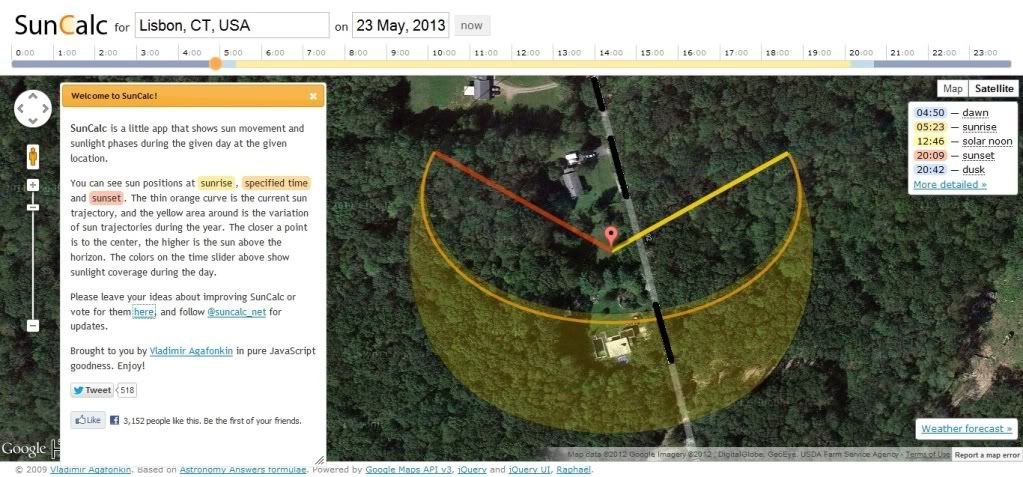
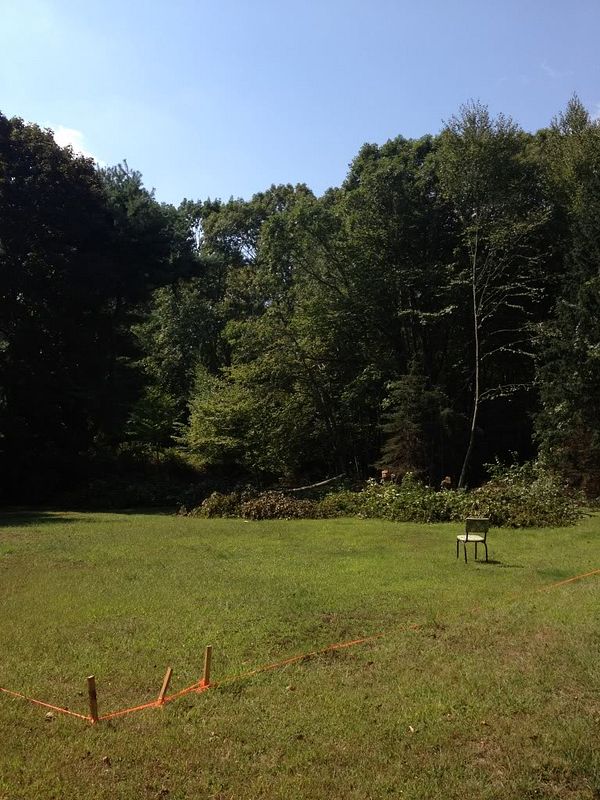
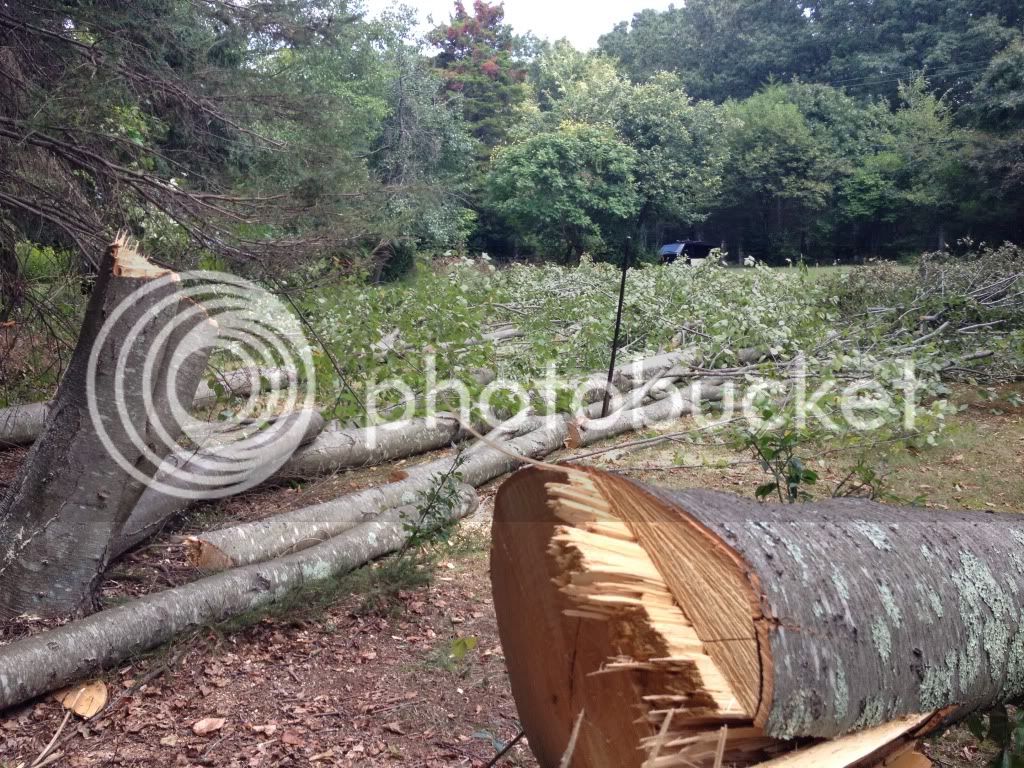
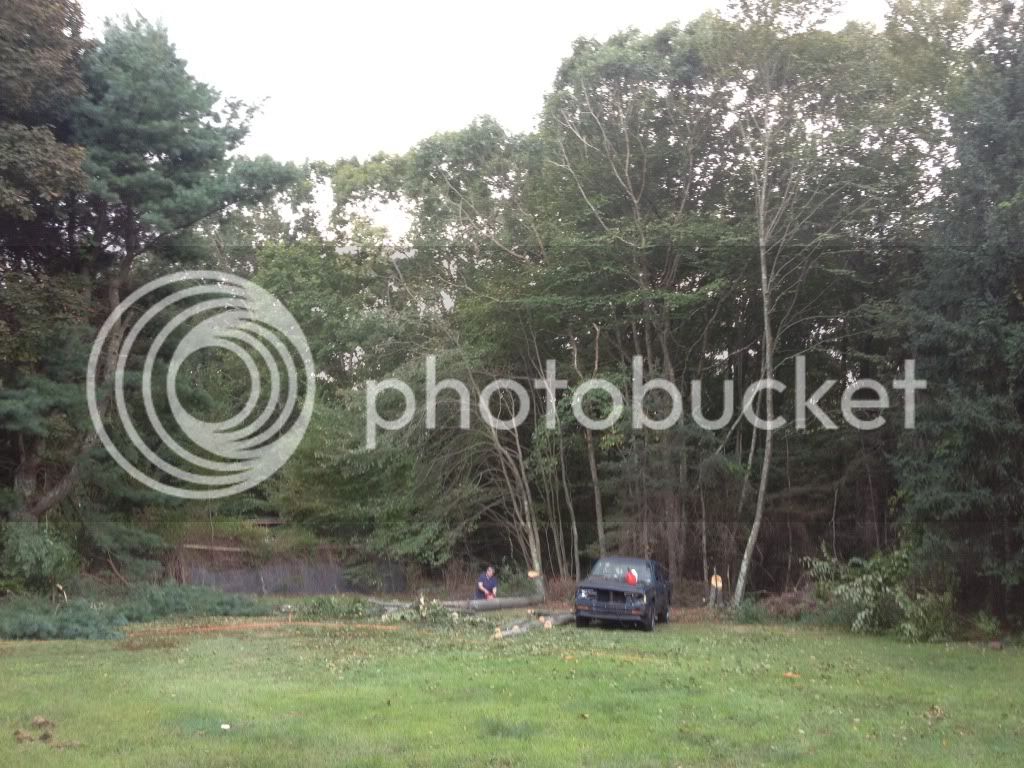
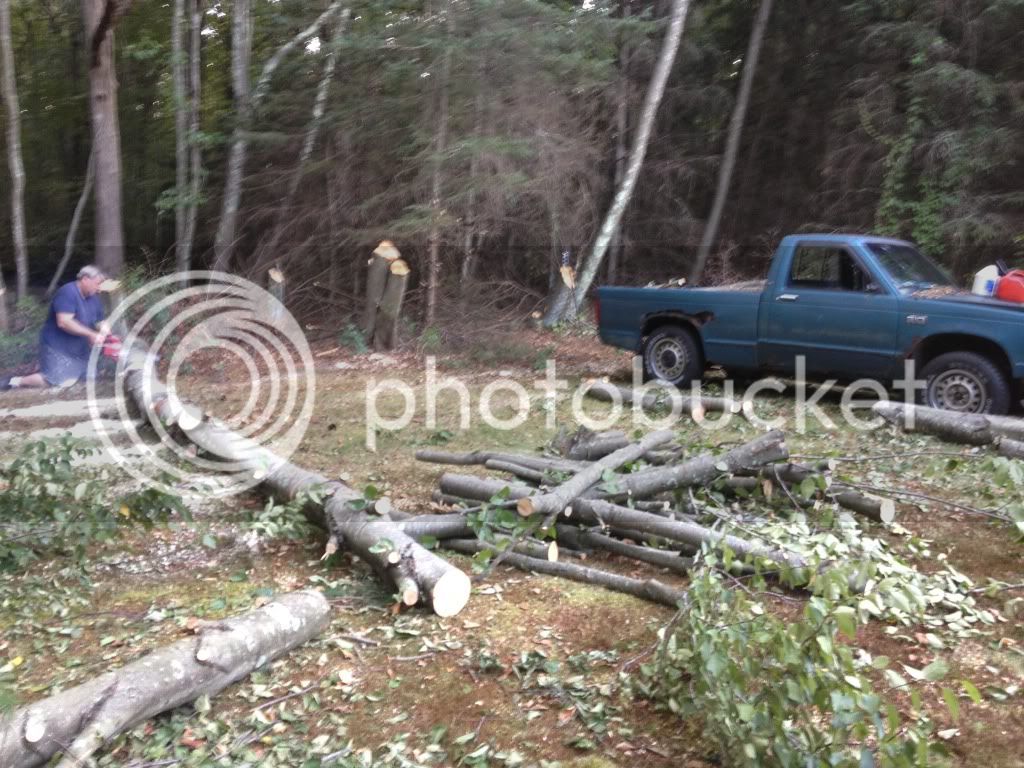




























![[Upgraded] 9Pcs Tree Root Growing Box with Drain Holes, Half Transparent Plant Rooting Propagation Ball & Metal Core Twist Ties, for Fast Propagation Plants (Size M)](https://m.media-amazon.com/images/I/514MWQxtWOL._SL500_.jpg)





















